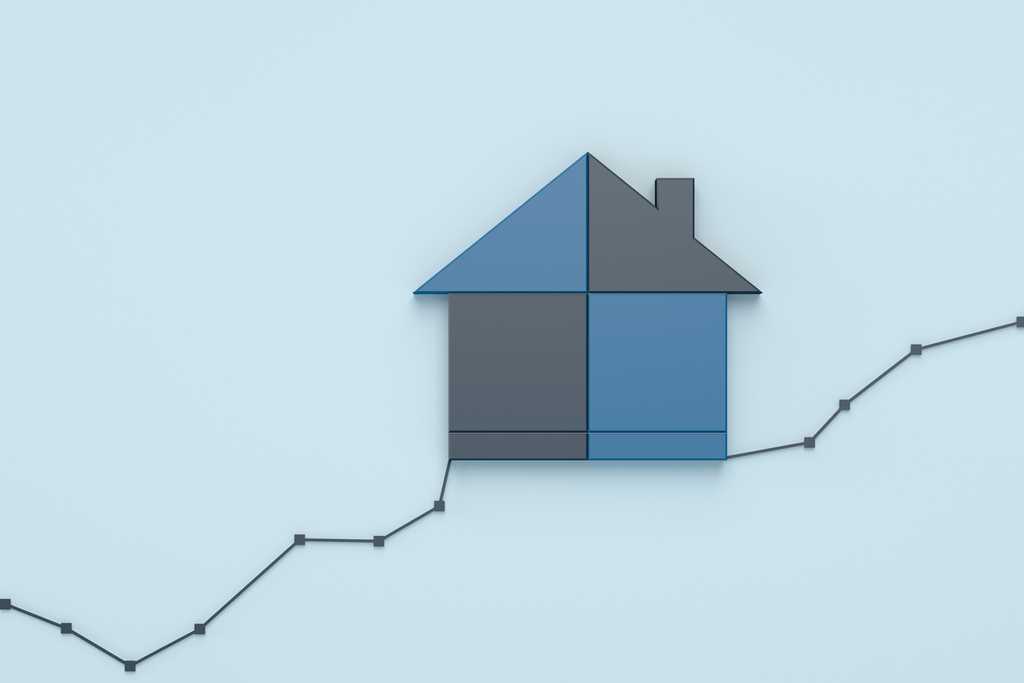For the majority of Americans, buying a home is the most expensive purchase they will ever make. This is why choosing the right type of mortgage is such an important decision. While there are a wide variety of mortgage options on the market, they can be broken down into two main types: fixed-rate mortgages and adjustable-rate mortgages (ARM).
When you’re shopping for a mortgage, you will have to decide if you want to go with a fixed or adjustable rate. Keep reading for a description of the two types of mortgages, an explanation of how they differ, and some tips to help you decide which type of mortgage is right for you.
Fixed-Rate Mortgages
A fixed-rate mortgage offers a set interest rate that won’t change for the entire term of the loan. Fixed-rate mortgages are popular among homebuyers because they offer predictability and consistency. A fixed-rate loan makes it easy to budget and plan for your mortgage payments because you know exactly how much they will be.
While your mortgage payment will stay the same with a fixed-rate loan, the amount of interest versus the principal you pay will change based on your amortization schedule. Amortization is how your home loan is paid down. At the beginning of your loan, you can expect more of your payment to go to interest. As you continue to pay it off, more of your money will start to go to the principal. Typically, the longer your mortgage term, the more you will pay in interest.
For instance, a person who takes on a 30-year mortgage will pay more interest than someone with a 15-year term. The 30-year term is the most popular among US homebuyers for a few reasons. First, it’s easier to qualify for a longer term mortgage and the monthly payments will be lower.
Applying for a fixed-rate mortgage when interest rates are high isn’t a great strategy because then you are stuck with that rate for the duration of your term. However, if you can apply for a fixed rate when interest is low, you get to lock in that low rate and you don’t have to worry about interest going up until it’s time to renew.
Adjustable-Rate Mortgages
An adjustable-rate mortgage comes with a variable interest rate. This means it can change throughout your mortgage term.
Often, an ARM will offer a lower interest rate than a fixed-rate mortgage. This rate can stay the same for a few months, a year, or even multiple years. However, once the introductory rate ends, you will have to pay the market rate and you simply can’t predict what it will be.
An ARM does not offer the stability and predictability of a fixed rate. The lack of consistency can make it difficult to budget and watching interest rates rise right before the end of your introductory term can be stressful.
The benefit of an ARM is that you can take advantage of low initial payments. For instance, if you lock in a low introductory rate and can pay off your mortgage before it ends, you will likely pay much less than with a fixed-rate mortgage. However, you should never assume that you will be able to sell your house before the term ends. Life is unpredictable! So, before taking on an ARM consider if you will be able to afford your payments if the rate goes up.
Differences Between Fixed and Adjustable-Rate Loans
The main difference between a fixed and adjustable-rate loan is that a fixed mortgage doesn’t change. It’s locked in for the life of the loan. With an adjustable-rate loan, you start with a fixed-rate, one that is usually lower than a comparable fixed-rate mortgage, and then after the introductory period, your rate will change based on market conditions. This means your payments could get higher (and usually do).
Which Loan Is Right for You?
When trying to decide which loan is right for you, there are some important questions you can ask yourself to make a more informed choice.
- How long do you intend to live in your home?
- Can you pay off your home in the short term?
- What is your future earning potential?
- What level of risk are you comfortable taking on?
- Would you still be able to afford your mortgage if interest rates increase?
If you only intend to live in your new place for a few years before refinancing or selling, then you might be a good candidate for an ARM. The lower interest rates offered with an ARM can make it a more affordable choice in the short term. For those who are looking for their forever home and intend to stay there for the next 20 or 30 years, a fixed mortgage is likely the way to go.
Another scenario where you might be able to use an ARM to your advantage is if you know you can pay your mortgage off before the end of your introductory term. Similarly, if you are in a career where you expect to make more money as time goes on, then you may feel more confident in your ability to take on an ARM and manage a higher interest rate after the introductory period is over.
If you are someone who is risk-averse and likes consistency and stability, then a fixed-rate mortgage might be more your is probably more your style. With a fixed-rate mortgage, you know exactly what to expect, allowing you to plan and budget accordingly. Unfortunately, if you buy a home when interest rates are high, you’ll be stuck with that rate if rates go down or you’ll have to refinance.
Finally, before making a decision consider what you can afford. If you like the idea of an ARM because it will help you save more money in the short term then be sure to consider whether or not you can afford a higher rate when the introductory period ends. If the answer is no, then an ARM is probably not the right choice.

